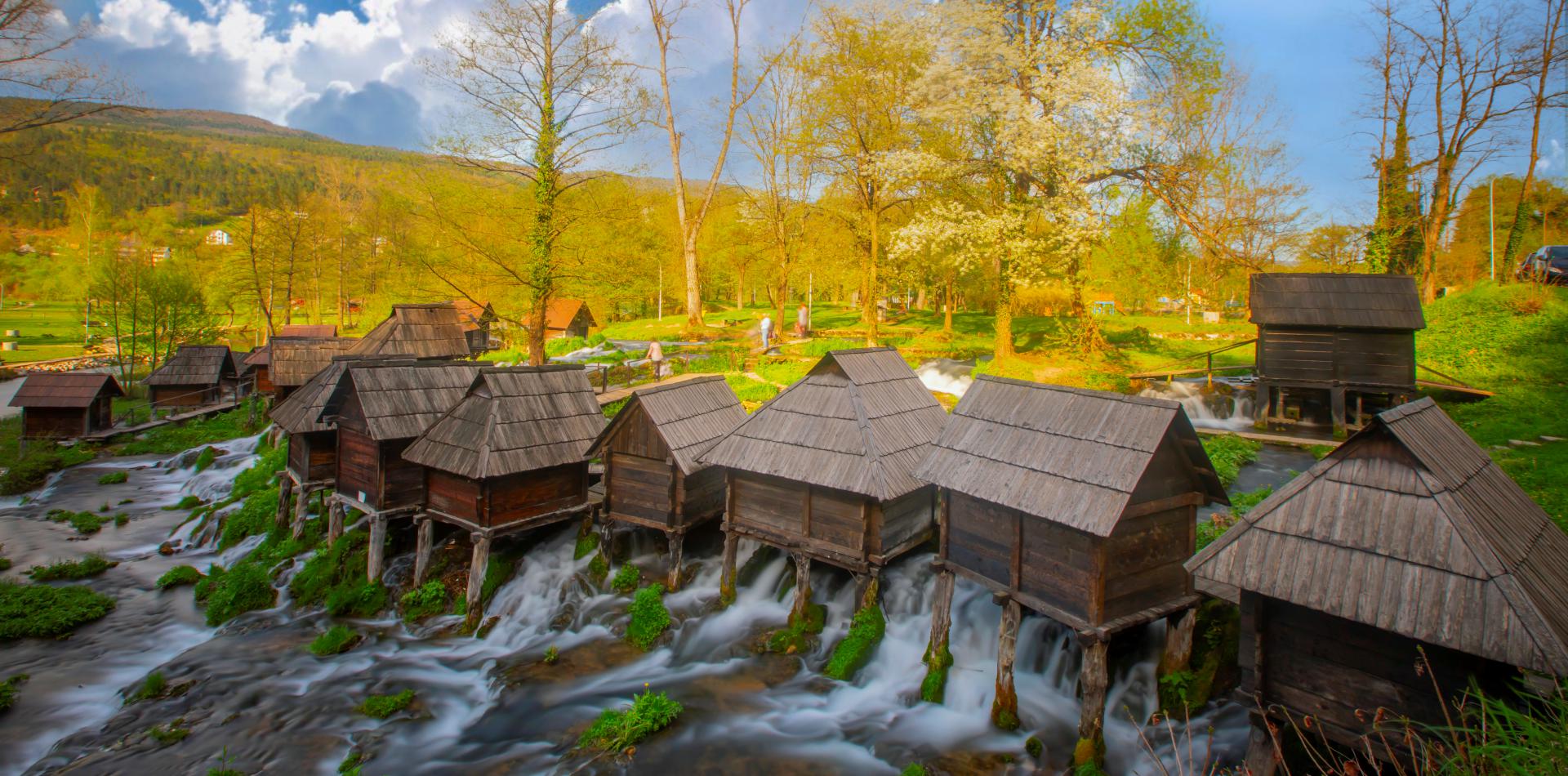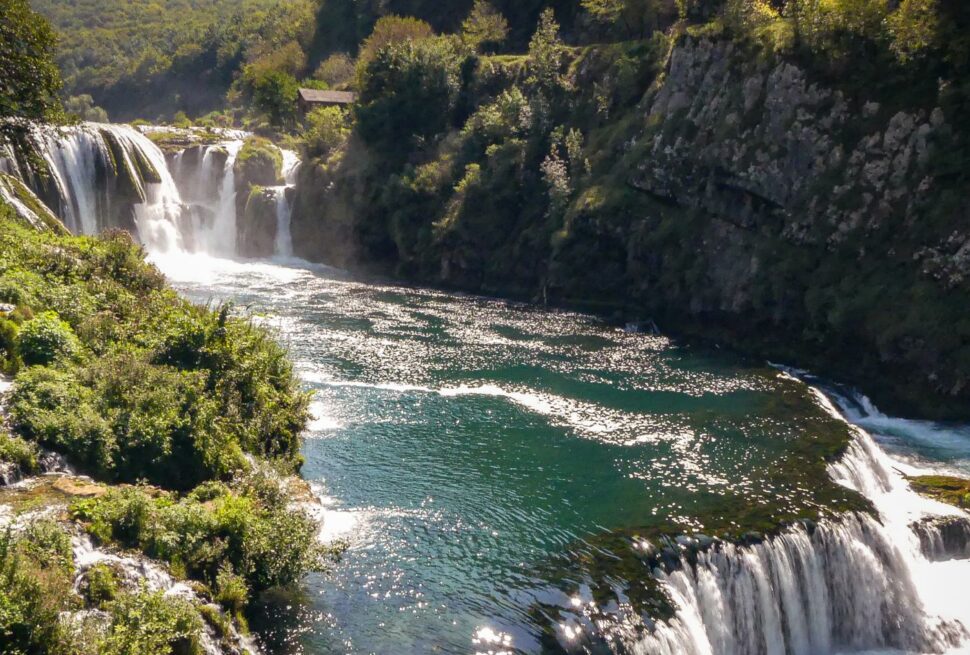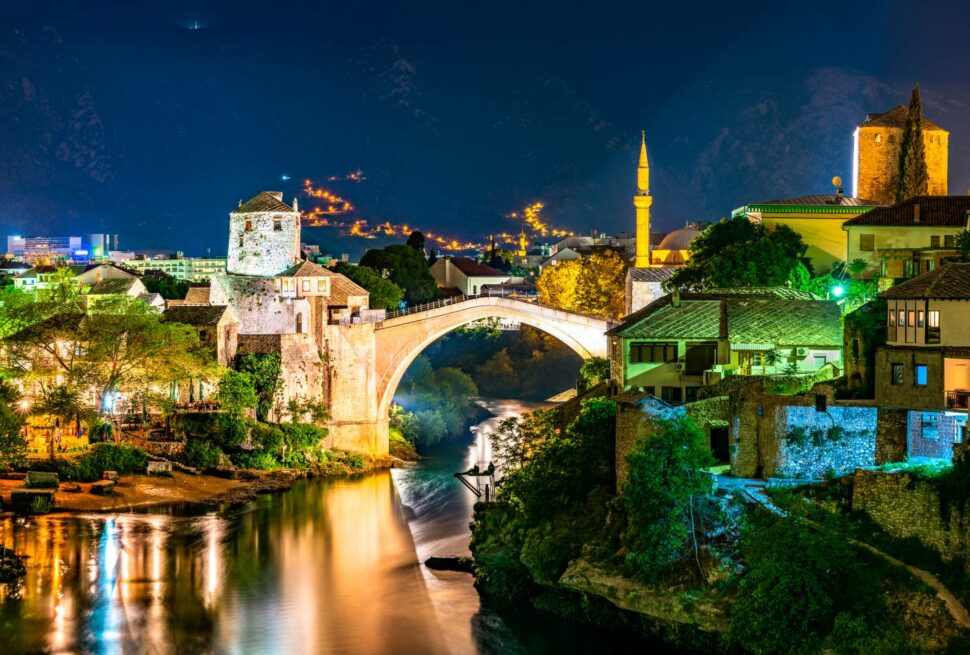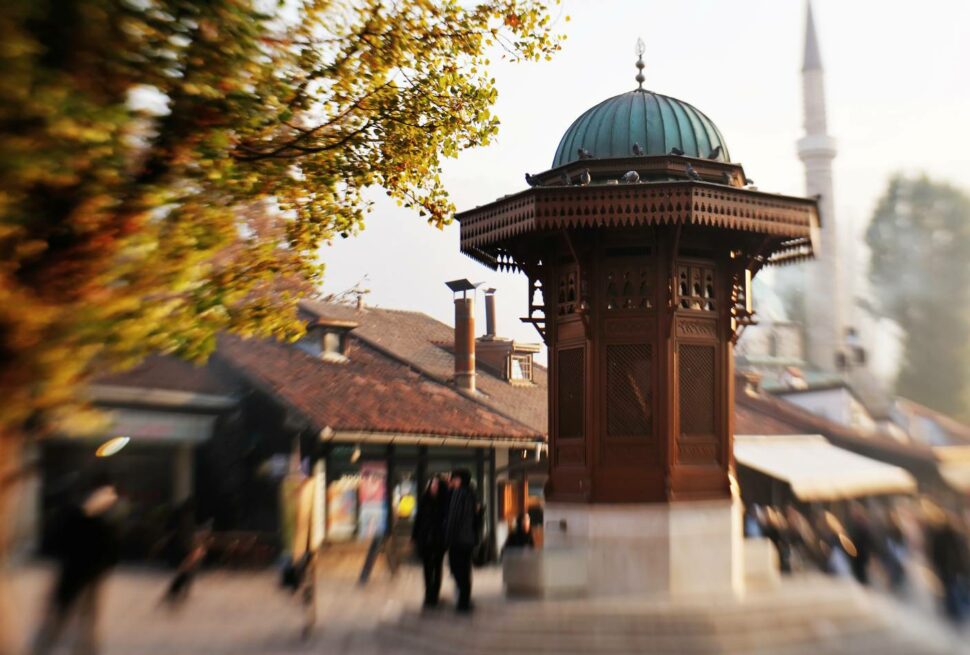Nestled amid the rolling hills and verdant valleys of central Bosnia and Herzegovina, the cities of Travnik and Jajce stand as timeless bastions of history and culture. From medieval fortresses to cascading waterfalls, each city offers travelers a glimpse into Bosnia’s rich past and vibrant present. Join me on a journey as we uncover the enchanting allure of Travnik and Jajce.
Travnik: A City of Contrasts
Travnik, often referred to as the “birthplace of Bosnian culture,” is a city of contrasts where East meets West, tradition intersects with modernity, and history unfolds at every turn. Once the capital of the Bosnian Eyalet during Ottoman rule, Travnik boasts a wealth of architectural treasures that bear witness to its storied past.
At the heart of the city lies the imposing Travnik Fortress, perched atop a hill overlooking the labyrinthine streets below. Built in the 15th century by the Ottomans, the fortress offers panoramic views of the surrounding countryside and serves as a reminder of Travnik’s strategic importance throughout the centuries.
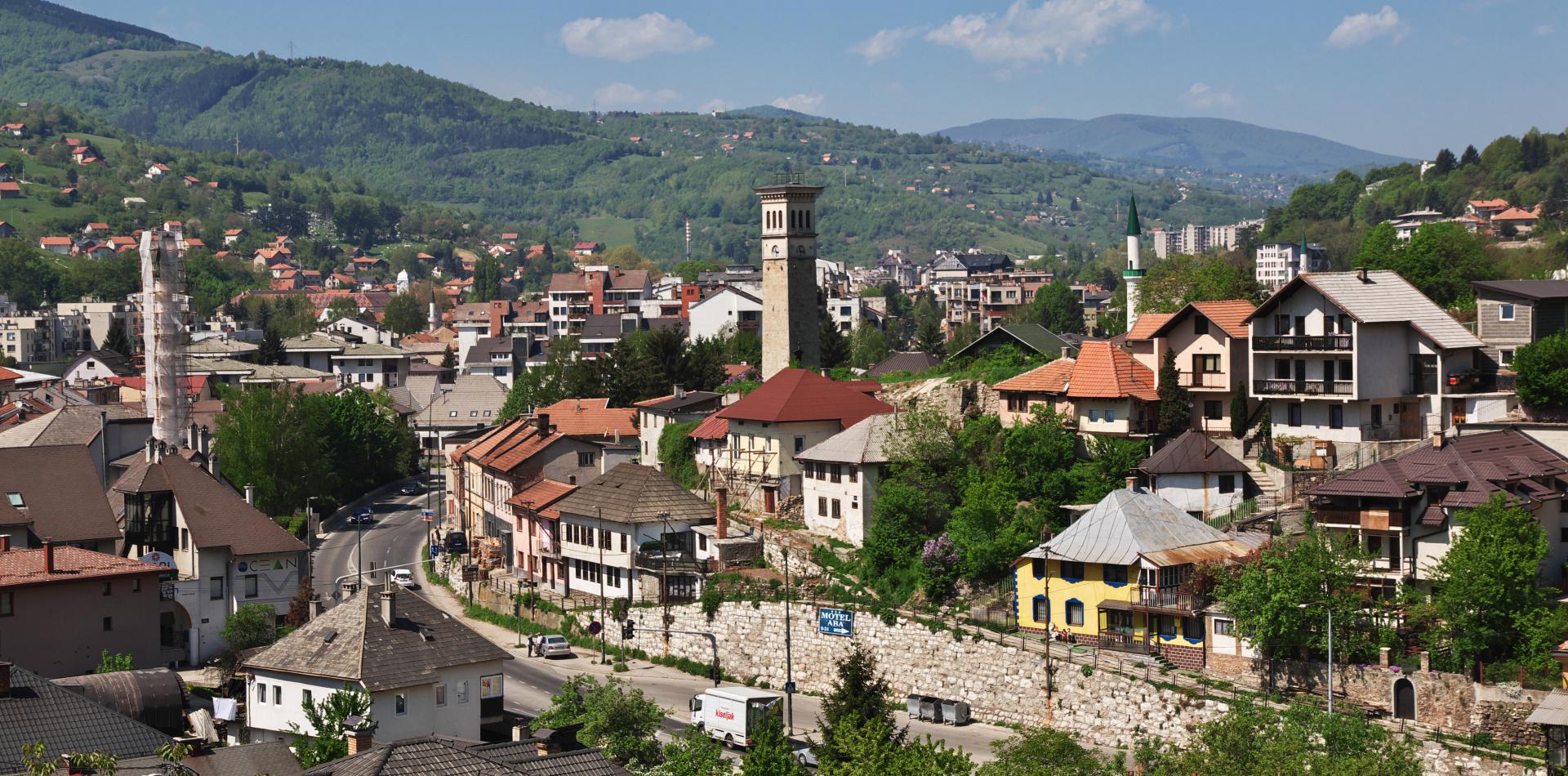
Descending from the fortress, visitors find themselves immersed in the charming ambiance of Travnik’s old town, where cobblestone streets wind their way past elegant mosques, bustling bazaars, and ornate fountains. The iconic Sulejmanija Mosque, with its distinctive minaret towering above the skyline, stands as a symbol of the city’s Ottoman heritage and architectural prowess.
Yet, amidst its historic splendor, Travnik is also a city of modern amenities and cultural vitality. The birthplace of Nobel laureate Ivo Andric, Travnik continues to inspire artists, writers, and intellectuals with its timeless beauty and vibrant spirit.
Jajce: Where Nature and History Converge
Nestled amidst the lush forests and rolling hills of central Bosnia, the city of Jajce captivates visitors with its breathtaking natural beauty and rich historical heritage. Known as the “royal city,” Jajce served as the seat of Bosnian kings during the Middle Ages and remains a testament to the region’s royal legacy.
At the heart of Jajce lies its crowning jewel: the magnificent Jajce Waterfall. Tumbling over 20 meters into the emerald-green waters below, the waterfall is a mesmerizing sight to behold—a symbol of Jajce’s natural splendor and the power of the Pliva River that courses through its heart.
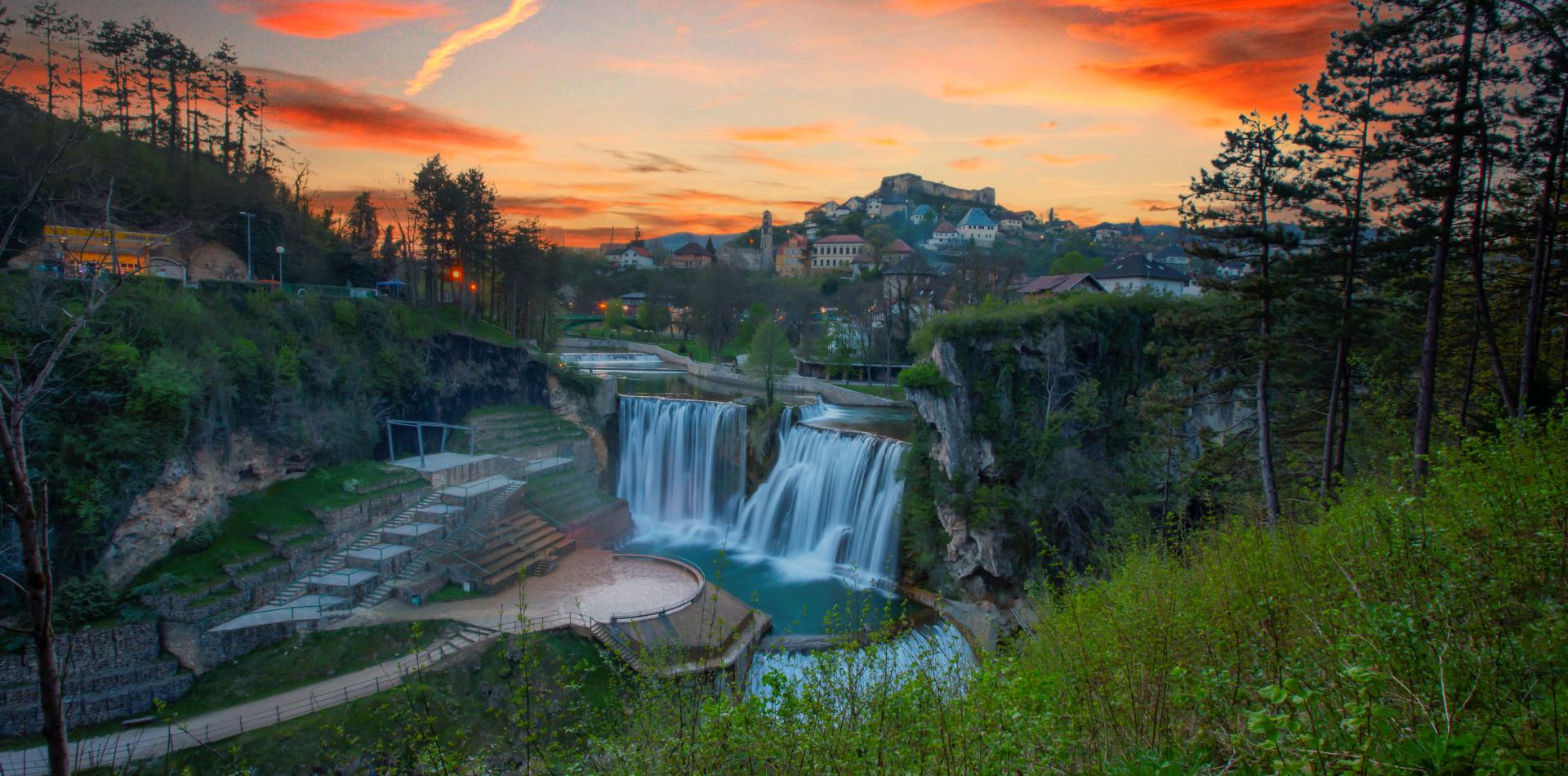
Surrounding the waterfall, visitors discover a wealth of historical treasures, from the medieval fortress perched atop the adjacent hill to the ancient stone bridges that span the river’s rushing currents. The Church of St. Mary, with its distinctive red-and-white striped facade, and the catacombs of the Franciscan Monastery offer glimpses into Jajce’s religious and cultural heritage.
Venturing beyond the city walls, travelers encounter the Pliva Lakes, a tranquil oasis of turquoise waters and lush greenery. Here, amidst the serenity of nature, visitors can indulge in a variety of outdoor activities, from boating and fishing to hiking and picnicking.
Embracing the Past, Envisioning the Future
As Travnik and Jajce continue to evolve and embrace the opportunities of the 21st century, they remain steadfast in their commitment to preserving their cultural heritage and natural beauty. Through initiatives aimed at conservation, education, and sustainable tourism, these cities strive to ensure that future generations will continue to be inspired by their timeless charm and enduring legacy.
For travelers seeking adventure, history, and natural splendor, Travnik and Jajce offer an unforgettable journey—one that transports visitors through the annals of time and leaves them forever changed by the magic of Bosnia’s historic heart. In the heart of the Balkans, amidst the rugged beauty of central Bosnia, lie two cities waiting to be explored—Travnik and Jajce.
